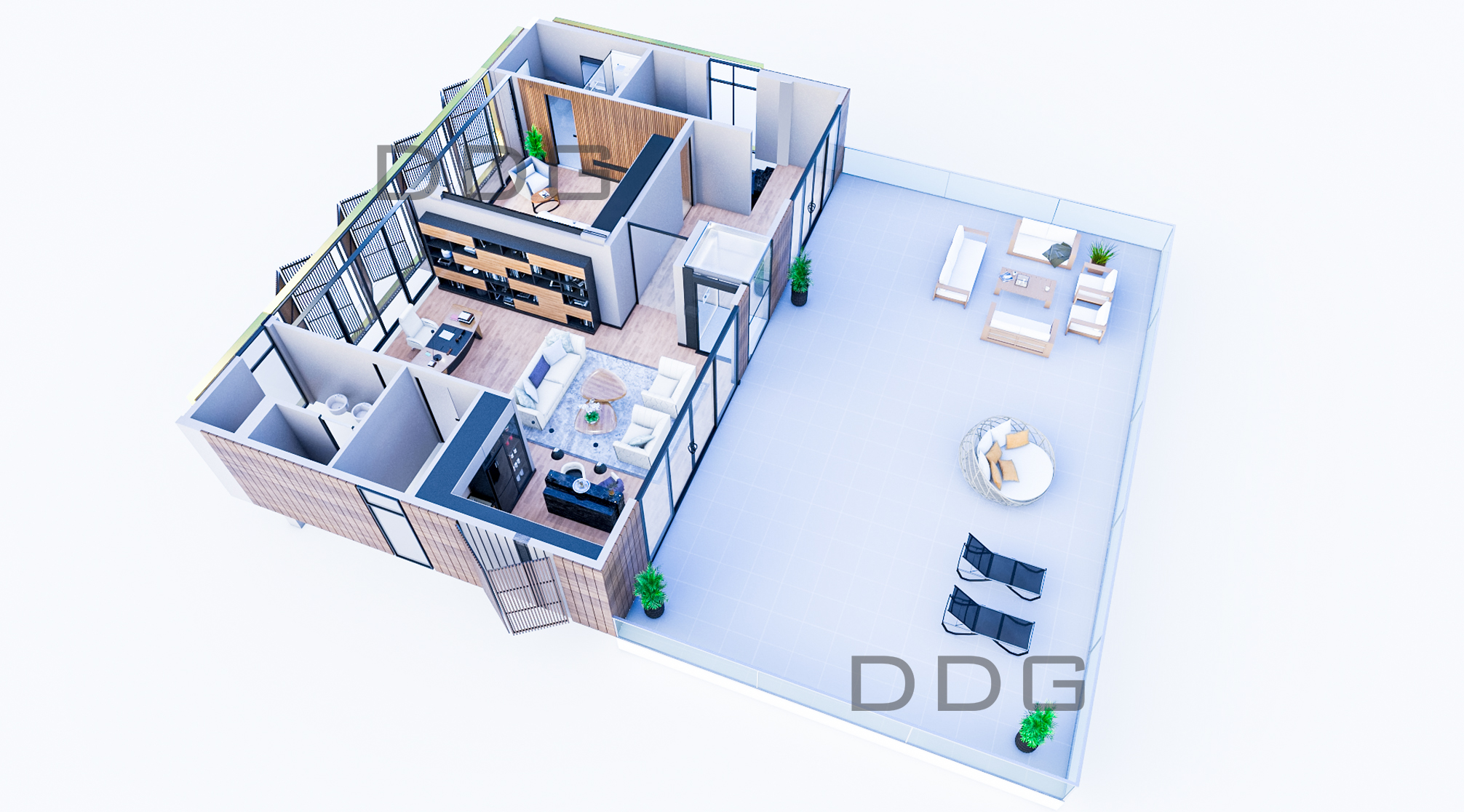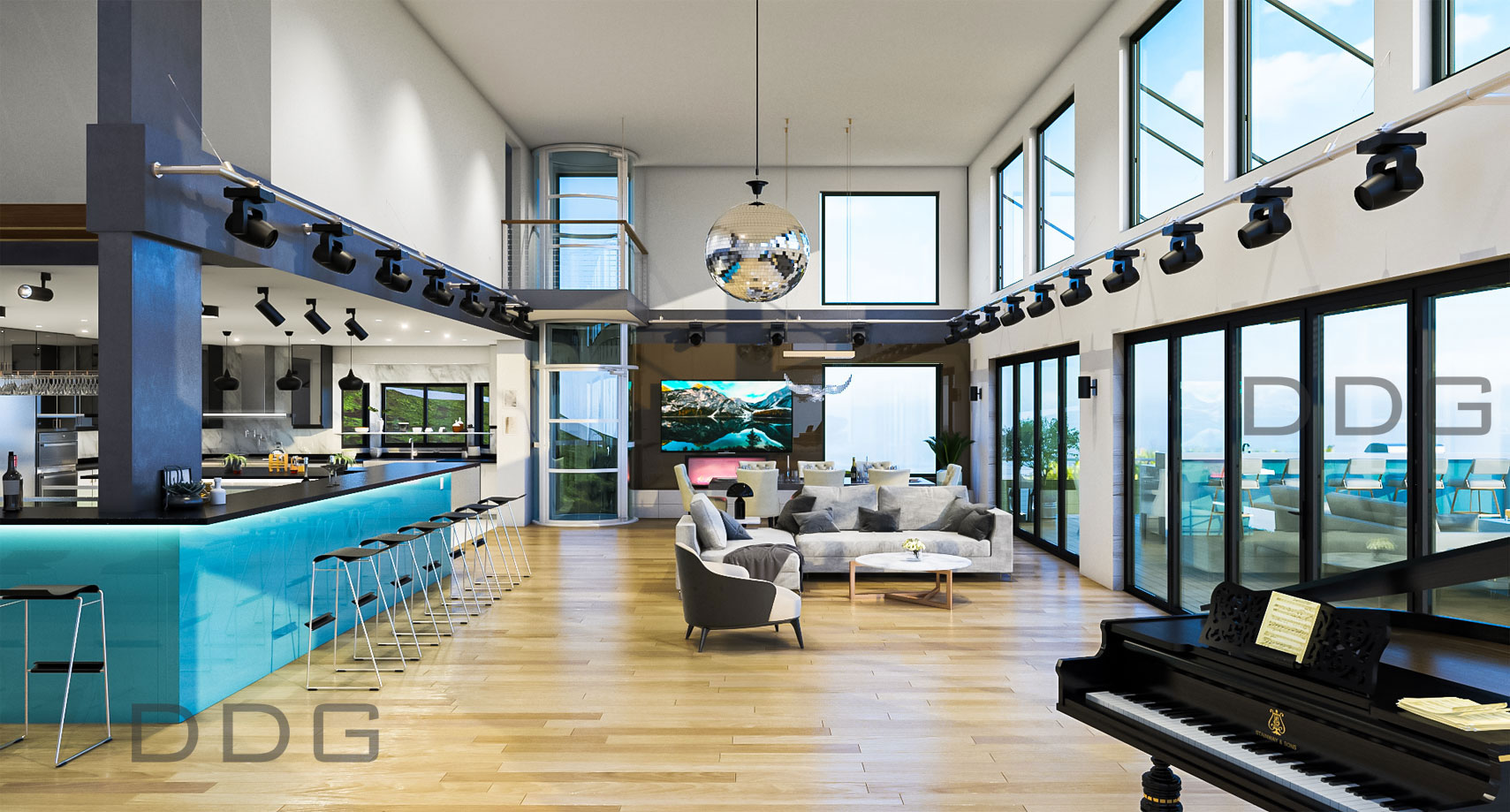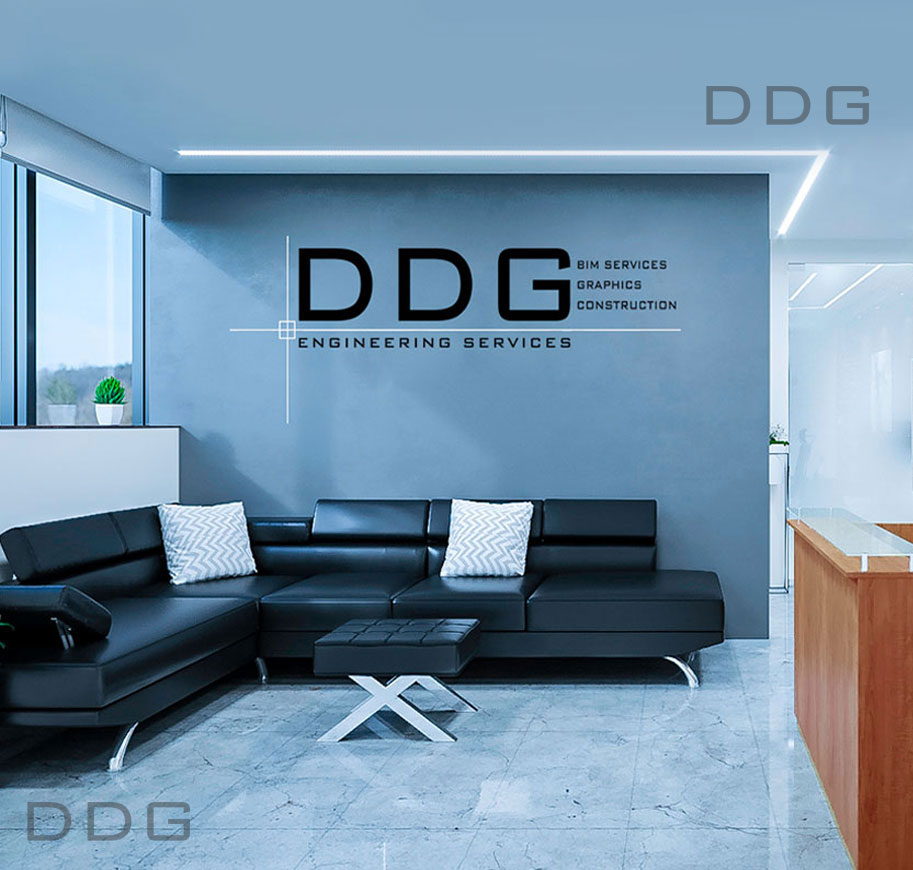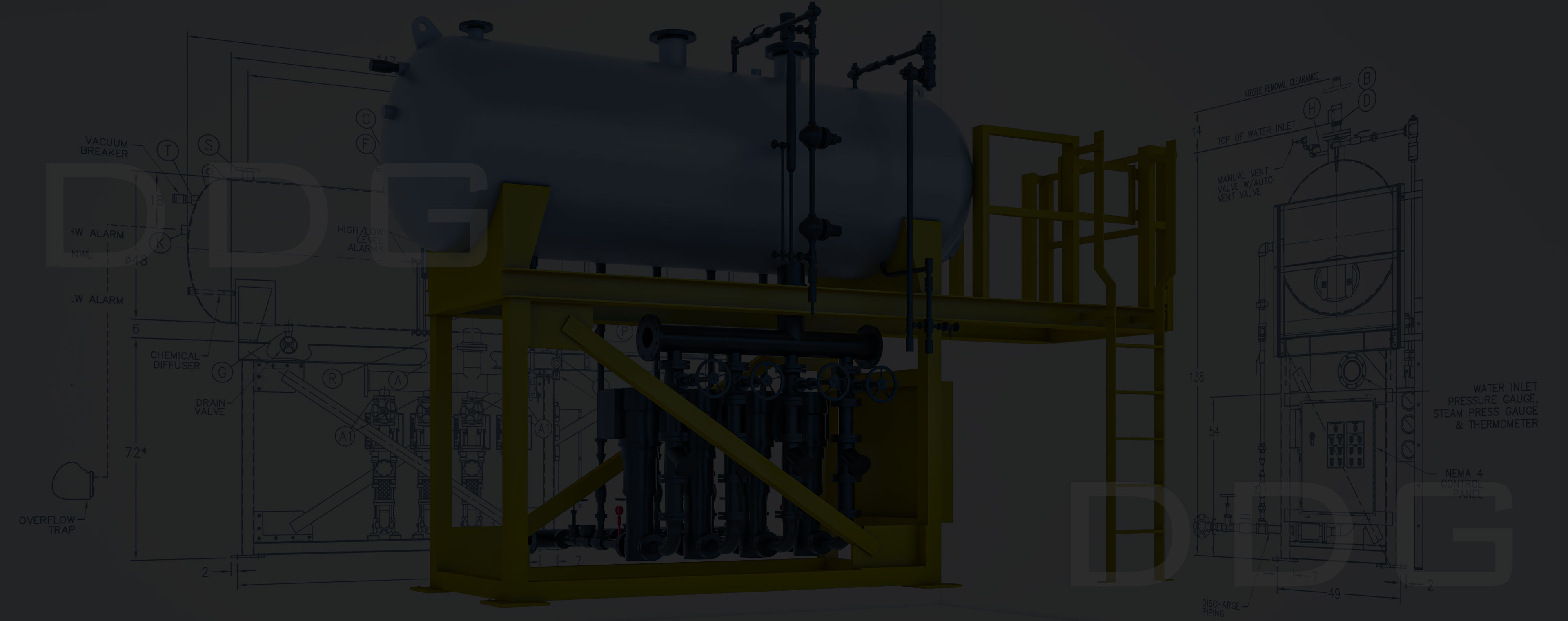About This Course

Architectural & Structural BIM
Course No: DDGTR02
Course Language: English
Course Length: 240 Hours
Architectural BIM Syllabus

- Introducing building information modelling BIM
- Working on one model with many views
- Revit element hierarchy
- Recent Files screen and File menu
- Using the ribbon and the QAT
- Context ribbons
- Using the properties palette
- Using the project browser
- Moving and stacking palettes
- Using multiple monitors
- Using keyboard shortcuts in Revit
- Navigating views - Zoom pan rotate
- Selecting objects
- Selection toggles
- Accessing Revit options
- Creating a new project from a template
- Accessing a multi-user project using workshare
- Creating and configuring a new project
- Adding levels
- Adding grids
- Refining a layout with temporary dimensions
- Adding columns
- Locating walls
- Adding walls
- Wall properties and types
- Using snaps
- Locating walls
- Using the modify tools
- Adding doors and windows
- Adding plumbing fixtures and other components
- Wall joins
- Using constraints
- Linking AutoCAD DWG files
- Creating topography from a DWG link
- CAD inserts
- Import tips
- Creating groups
- Mirroring groups to create a layout
- Creating Revit links
- Rotating and aligning a Revit link
- Establishing shared coordinates
- Managing links
- Understanding file formats
- Creating floors
- Creating footprint roofs
- Attaching walls to roofs
- Creating extrusion roofs
- Using the shape editing tools to create a flat roof
- Working with slope arrows
- Creating ceilings
- Adding openings
- Adding stairs
- Adding railings
- Adding extensions to railings
- Creating a custom basic wall type
- Stacked walls
- Adding curtain walls
- Adding curtain grids mullions and panels
- Creating wall sweeps and reveals
- Model lines
- Using object styles
- Working with visibility and graphic overrides
- Using view templates
- Hiding and isolating objects in a model
- View extents and crop regions
- View range
- Displaying objects above and below in plan views
- Using the Linework tool and Depth Cueing
- Using cutaway views
- Using graphical display options
- Adding rooms
- Adding rooms
- Controlling room numbering
- Room bounding elements
- Tags
- Adding schedule views
- Modifying schedule views
- Creating a key schedule
- Adding text
- Adding dimensions
- Adding symbols
- Adding legend views
- Creating a detail callout
- Adding detail components
- Using arrays to parametrically duplicate objects
- Adding filled and masking regions
- Families
- Creating a new family from a template
- Using reference planes parameters and constraints
- Adding solid geometry
- Cutting holes using void geometry
- Adding blends
- Completing the family
- Working with sheets
- Working with placeholder sheets
- Aligning views with a guide grid
- Exporting to AutoCAD
- Plotting and creating a PDF
Structural BIM Syllabus
- Linking architecture
- Creating levels
- Copy monitor
- Adding and setting up structural views
- Creating view templates
- Transferring project standards
- Adding grids to the model
- Adding steel columns to the model
- Creating column offsets
- Creating a column schedule
- Adding slanted columns
- Attaching columns to steel
- Adding foundation walls
- Adding wall footings
- Adding piers and pilasters
- Adding isolated footings
- Creating a CMU elevator shaft
- Shaft openings
- Foundation slabs
- Adding step footings
- Tagging a step footing
- Adding a step footing family
- Retaining walls and footings
- Adding perimeter beams
- Adding beam systems
- Modifying beam systems
- Copy-paste aligned
- Altering beam elevations
- Adding joist systems
- Tagging framing
- Configuring beam joins
- Creating a slab on grade
- Adding a concrete floor with steel decking
- Cantilevering slab edges
- Creating thickened slabs
- Creating slab depressions
- Creating custom decking
- Parallel to face
- Perpendicular to face
- Sketching rebar
- Adding area reinforcing
- View settings
- Adding a rebar coupling
- Adding free-form rebar
- Adding a brace frame elevation
- Adding a brace frame
- Modifying plan view symbology
- Adding brace-frame gussets
- Creating a brace-frame sheet
- Adding C shapes to stringers
- Creating stairs
- Creating ramps
- Sloping slabs
- Sloping framing
- Pitching floors to the structure
- Sections and callouts
- Coping
- Adding detail components
- Inserting AutoCAD
- Adding text
- Adding dimensions
- Footing schedules
- Pier schedules
- Creating a pier tag
- Creating a material takeoff
- Adding Howe trusses
- Attaching trusses to roofs
- Changing truss materials
- Editing the truss bottom chord
- Detailing trusses
- Phasing
- Keynoting
- Revisions
- Plotting
- File sharing
- Configuring the connection settings
- Adding a base plate
- Adding a clip angle
- Adding a column support
- Customizing a connection
- Breaking a connection
- Adding a plate and bolts
- Adding welds and symbols
- Adding modifiers
- Adding a miter
- Adding parametric cuts

Why Should You Attend the Course?
This course is a must for any individual or fresher to gain good understanding of basic of BIM and to progress to advanced certificate courses in BIM engineering technology.

